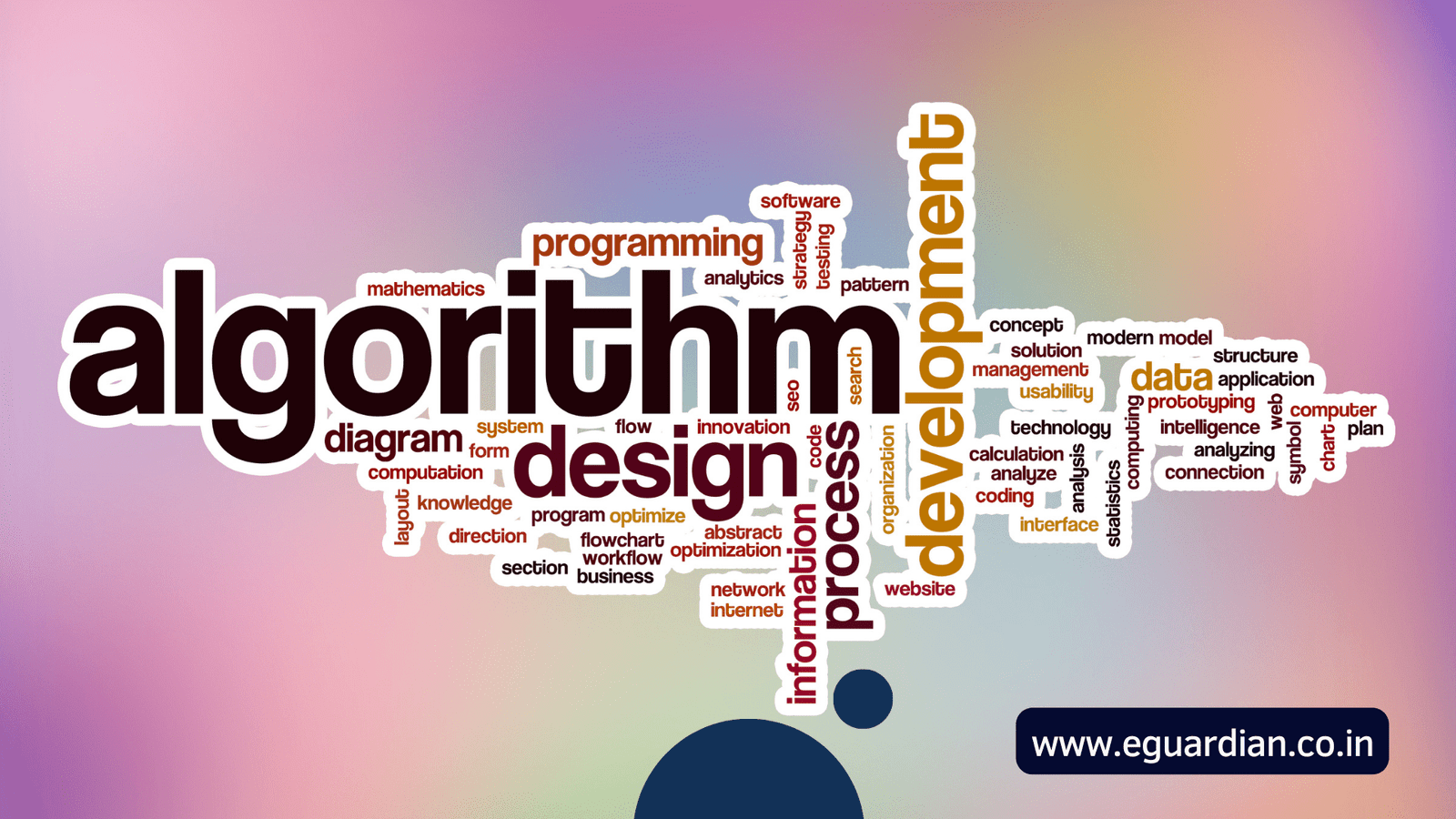Attention, all exam warriors! Are you ready to conquer the realm of grid computing? If so, look no further, because we’ve got just what you need. Whether you’re a student seeking practice or a curious mind intrigued by the world of distributed computing, this blog post is your ultimate destination.
Brace yourself as we dive into an exciting collection of Grid Computing Multiple-Choice Questions (MCQs). Get ready to test your knowledge and boost your preparation like never before. The battleground awaits—are you up for the challenge? Let’s jump right in!

Top 75 Grid Computing MCQs with Answers
1. The word grid in grid computing comes from an analogy to the ___ Power Grid.
Ans. electrical
2. ___ defines the Grid as “a service for sharing computer power and data storage capacity over the Internet.”
Ans. CERN
3. Grid Computing originated in the early ___ as a metaphor for making computer power as easy to access as an electric power Grid.
Ans. 1990s
4. ___ is any distributed network architecture composed of participants that make a portion of their resources directly available to other network participants without the need for central coordination instances.
Ans. P2P
5. ___ is a collection of computers that are highly interconnected via a high-speed network or switching fabric.
Ans. Computer cluster
6. ___ Grids consist of one or more systems working together to provide a single point of access to users.
Ans. Cluster
7. A scavenging grid is most commonly used with large numbers of ___ machines.
Ans. Desktop
8. The primary advantage of ___ computing is that each node can be purchased as commodity hardware, which, when combined, can produce similar computing resources to a multiprocessor supercomputer but at a lower cost.
Ans. distributed
9. The ___ can be seen as a layer between the hardware and the software.
Ans. Middleware
10. ___ says, “Grid computing is clearly a way to gain a competitive advantage.”
Ans. Friedman
11. ___ is a research project partly funded by the European Commission as an integrated project under the FP6 sponsorship program.
Ans. BEinGRID
12. EDG stands for ___.
Ans. European Data Grid
13. Many current trends in Grid Computing are toward ___ for grid environments.
Ans. Service-based architectures
14. SLA stands for ___.
Ans. Service Level agreement
15. ___ approach provides tremendous value toward scalability, in addition to aspects of enhanced reusability.
Ans. On-demand
16. ___ are types of applications responsible for the management of jobs, such as allocating resources needed for any specific job. Ans. Schedulers
17. The resource broker provides ___ services between the service requester and the service provider.
Ans. Pairing
18. A ___ is a web-based gateway that provides seamless access to heterogeneous back-end resources.
Ans. Grid portal
19. Cluster computing is primarily concerned with computational ___.
Ans. Resources
20. Cluster and grid computing are completely ___.
Ans. Complementary
21. ___ offers core services such as remote process management, co-allocation of resources, and storage access.
Ans. Grid Middleware
22. Users of the Web do not care if the server they are accessing is on a ___ platform.
Ans. UNIX or NT
23. The ___ determines how administrative information flows through the grid.
Ans. administrative hierarchy
24. A ___ infrastructure is key to the success or failure of a grid environment.
Ans. security
25. The essential characteristics of on-demand businesses are ___ to the dynamics of business, adapting to variable cost structures, and focusing on core business competencies.
Ans. responsiveness
26. On-demand-driven games provide a flexible approach with a ___ upfront cost of hardware and software resources.
Ans. reduced
27. The Grid Computing discipline provides mechanisms for resource sharing by forming one or more ___ providing specific sharing capabilities.
Ans. virtual organizations
28. VPN stands for ___.
Ans. Virtual Private Network
29. The ___ consists of just a few machines, all with the same hardware architecture and the same operating system.
Ans. simplest grid
30. Earlier Grid Computing efforts were aligned with the overlapping functional areas of data, ___, and their respective access mechanisms.
Ans. Computation
31. ___ is the most notable resource management middleware solution.
Ans. GRAM
32. The virtual data storage is called ___.
Ans. Storage Area Network
33. DMTF stands for ___.
Ans. Distributed Management Task Force
34. Global Grid Forum (GGF) was formed in ___ and is an international organization focused on the development of common practices and agreements that will promote interoperability and reuse of Grid technologies.
Ans. 1999
35. ___ is a grid middleware project initiated by the University of Virginia and is object-based meta systems software for grid applications.
Ans. Legion
36. ___ is a project funded by the German Ministry of Education and Research.
Ans. UNICORE
37. NMI is a grid computing project of ___ of USA.
Ans. National Science Foundation
38. Using high-performance network connections, the ___ integrates high-performance computers, data resources and tools.
Ans. Tera Grid
39. The key areas of grid applicability in the commercial world are utility computing, ___ and on-demand computing.
Ans. Resource virtualization
40. The requirement for key ___ forms the core underpinning of any Grid Computing environment.
Ans. Data
41. Grid architecture can be visualized as a ___.
Ans. Layered architecture
42. The resource sharing problem dominates grid computing; it starts from simple file transfers to complex problems in a grid ___ environment.
Ans. Policies
43. DCE stands for ___.
Ans. Virtual organization
44. All resource holders may provide their resources based on the agreed ___.
Ans. policy
45. Sharing relationships among the participants is mostly ___ rather than the ___ model.
Ans. Peer-to-peer, client-server
46. Computational grid is the combination of ___ and ___ infrastructure.
Ans. hardware, software
47. API stands for ___ and SDK stands for ___.
Ans. Application-Specific Interface, Software Development Kit
48. The narrow neck of the ___ defines a small set of core abstractions and protocols, onto which many different high-level behaviours can be mapped.
Ans. hourglass
49. The ___ layer defines the basic communication and authentication protocols required for Grid-specific networking service transactions.
Ans. Connectivity
50. The ___ layer enables the use of resources in a grid environment through various collaboration and resource access protocols.
Ans. application
51. The basic fabric elements are the ___ in each case: computers, storage systems, and networks.
Ans. same
52. The problems are quite different at the highest level in the case of the ___ simulation application.
Ans. Multidisciplinary
53. Single ___ and authorization have become common across the application; computation and data sharing must be interoperable, and their governing policies are complex.
Ans. ASP or SPP
54. ORB stands for ___.
Ans. object request broker
55. The simple, efficient, and effective model is the ___ protocol suite, which addresses much of the concern raised in the network environment.
Ans. collective
56. The high-performance computer in ___ will become superfluous.
Ans. Grid
57. ___ and ___ are the two important technologies used in the semantic web.
Ans. XML, RDF
58. The system that is aware of its states and behaviour is called as ___.
Ans. Self-Awareness
59. The use of semantic web and other technologies in the grid is termed the ___ grid.
Ans. Knowledge Grid
60. ___ were totally custom-made proofs of concept.
Ans. 1G grids
61. ___ is a set of specifications and standards that integrate and leverage the worlds of Web services and grid.
Ans. OGSA
62. In a perfectly scalable environment, if a job running on a 1 GFLOPS machine required 10 seconds to complete satisfactorily, then it would need ___ if it ran in a parallelized version on ten 1 GFLOPS machines.
Ans. 1 second
63. Resource availability and capabilities vary with ___.
Ans. time.
64. The ___ provides the sharing of resources, services, and other information through common gateways, protocols, and APIs.
Ans. Grid architecture
65. The ___ protocol is the best choice for interoperability and exchange of information.
Ans. Intergrid
66. SOA stands for ___.
Ans. Service-oriented architecture
67. The service-oriented architecture is a loosely ___ architecture.
Ans. Coupled
68. The service environment communicates with the user using ___.
Ans. Messages
69. The term loose coupling implies that the interacting ___ components minimize their in-built knowledge of each other.
Ans. Software
70. The services can be moved between the servers. Is called ___.
Ans. Flexibility
71. ___ is the key notion for loose coupling.
Ans. Statelessness
72. WSDL stands for ___.
Ans. Web Service Description Language
73. The ___ is mainly suited for a service-oriented environment.
Ans. Web services
74. ___ stands for World Wide Web Consortium.
Ans. W3C
75. DMTF stands for ___.
Ans. Distributed Management Task Force
USA 50 States Geography quiz question and answers
Conclusion
We’d like to thank everyone who took the time to participate in our grid computing MCQ. We hope that this challenge has helped you test your understanding of grid computing and gain a better understanding of the topic.
If you found the questions useful, we invite you to share them with others on social media so they too can have an opportunity to expand their knowledge on this important technology. Thank you again for taking part!


